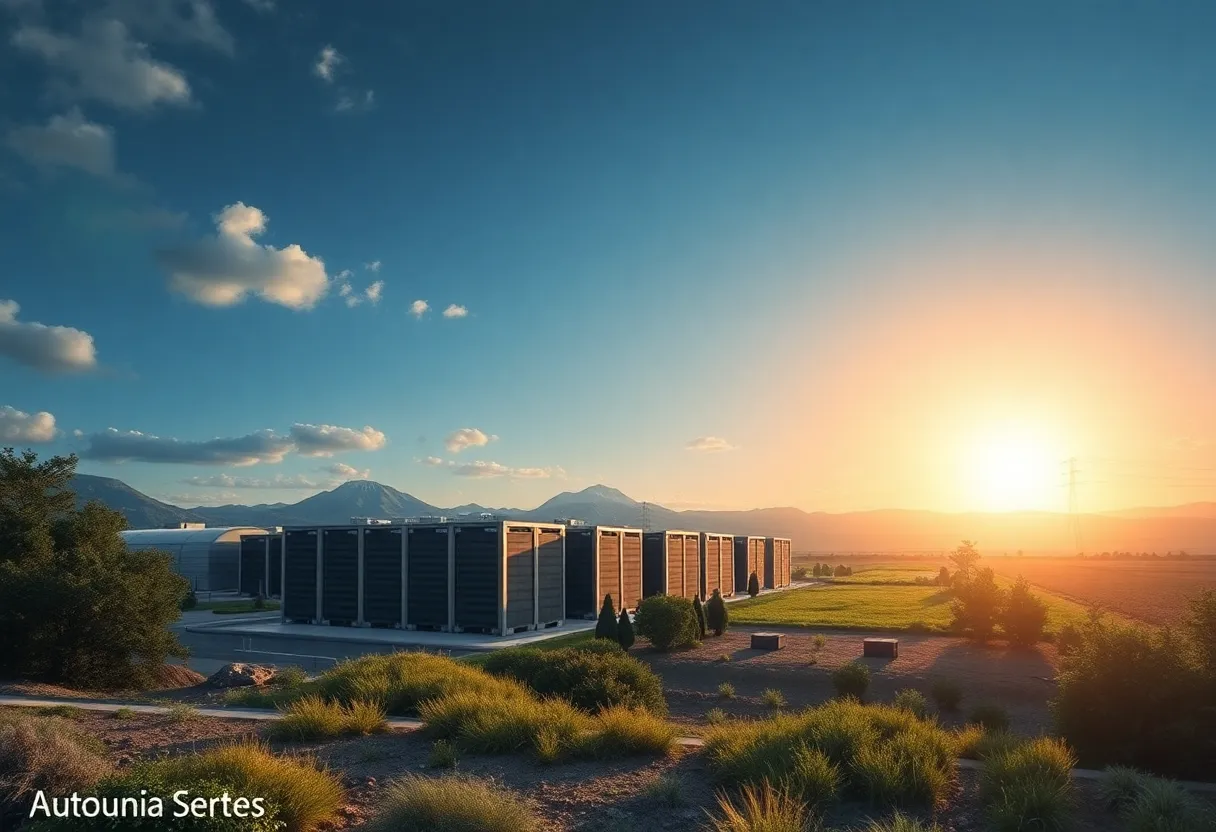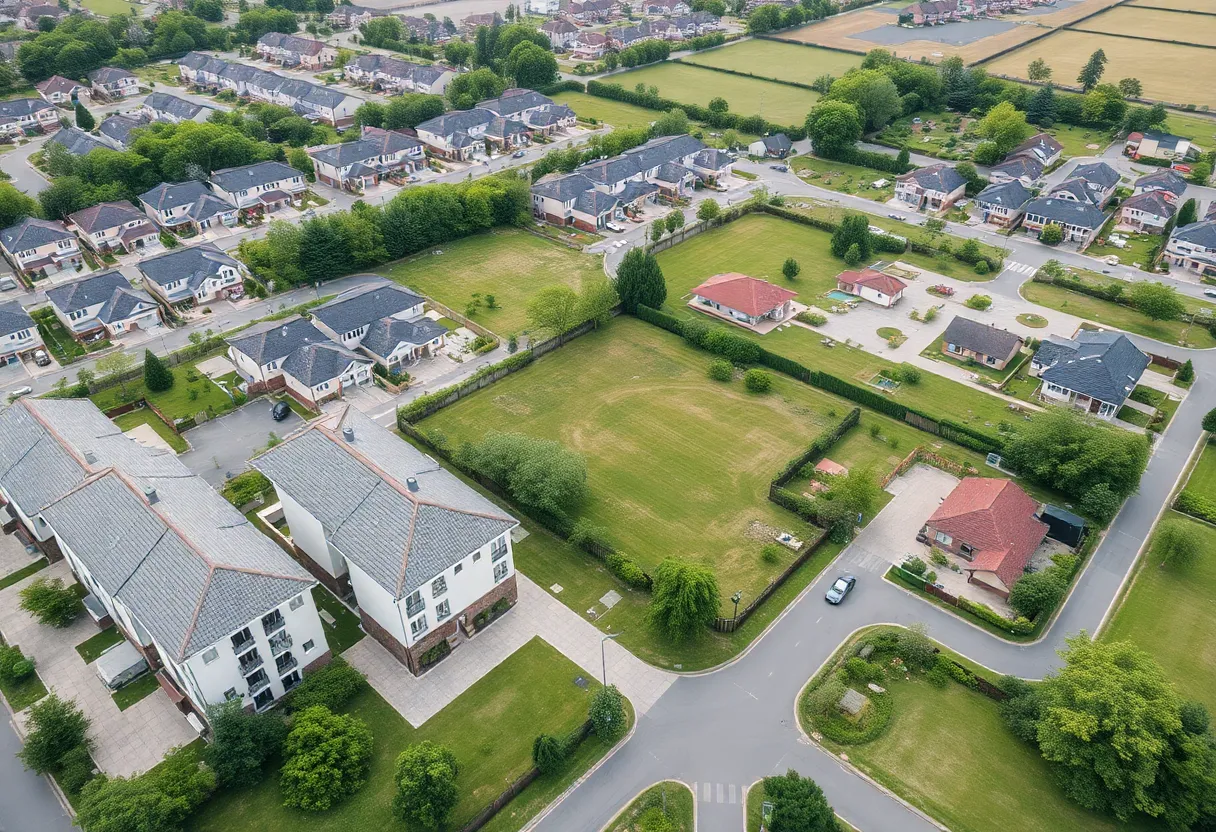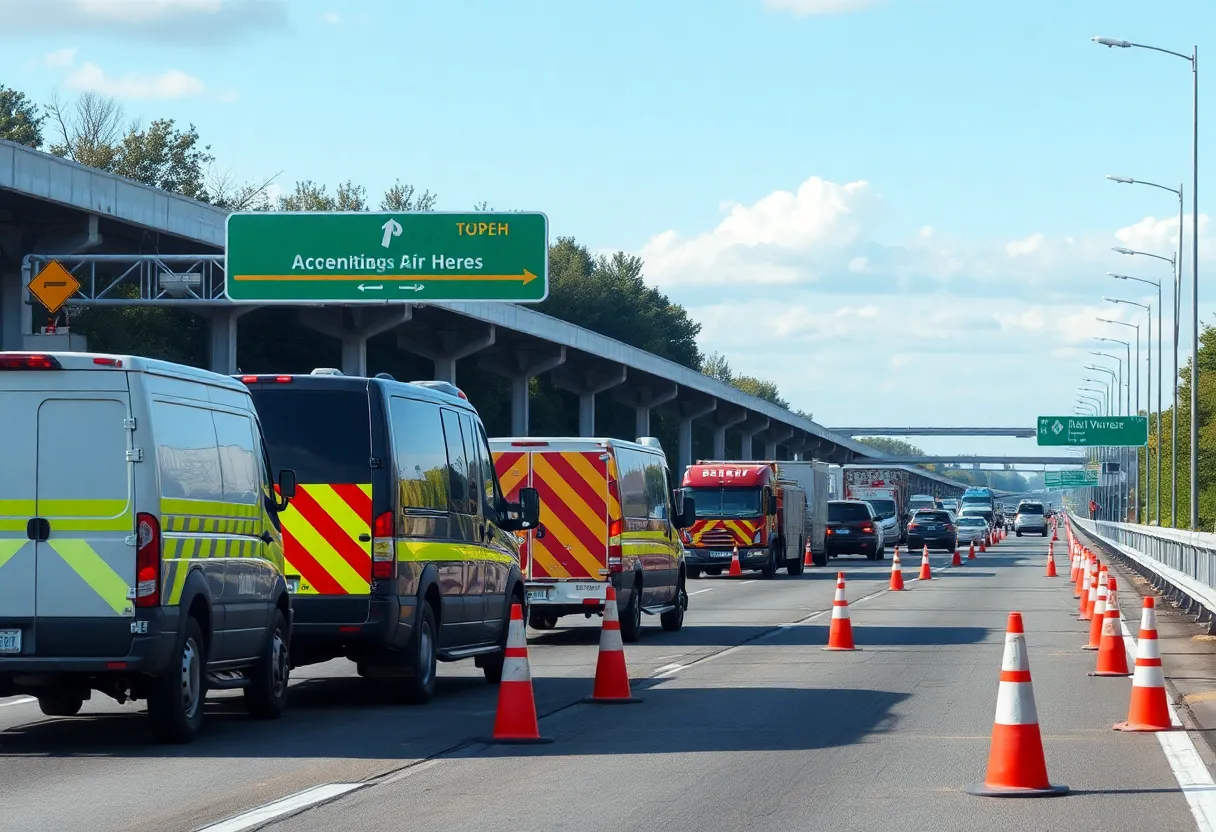California, September 28, 2025
News Summary
California lawmakers are facing significant challenges in their efforts to impose stricter regulations on data centers. After nine months of inaction, only two out of four proposed bills have reached Governor Gavin Newsom’s desk, and those have been notably weakened. The bills aim to address environmental concerns related to water and energy usage, but fears grow that the amendments favor data center operators, putting resources and public transparency at risk. As data center growth surges, the strain on California’s infrastructure raises urgent policy issues.
California
California lawmakers’ efforts to impose stricter regulations on data centers have faced significant challenges, with only two out of four proposed bills currently reaching Governor Gavin Newsom’s desk after nine months of inaction. The bills that have advanced have been notably weakened, raising concerns about their effectiveness in addressing environmental and public policy issues linked to these facilities.
Initially, lawmakers expressed a commitment to protecting the environment and electricity ratepayers by increasing regulation on data centers. However, of the proposed legislation, two bills failed to advance in the Legislature. One bill aimed to require data centers to disclose their power usage, while another sought to incentivize the adoption of cleaner energy practices. These failures highlight the difficulties in implementing meaningful regulations on a rapidly growing industry.
The two current bills include Senate Bill 57 and Assembly Bill 93. Senate Bill 57 mandates that data center operators disclose their water usage, but it allows for this information to be made less accessible to the public. Assembly Bill 93 requires data centers to inform water suppliers of their estimated water consumption during business license applications or renewals, encouraging the development of water use efficiency guidelines.
Data centers are increasingly recognized as a public policy concern due to their critical role in storing and transmitting digital content for platforms such as TikTok and Amazon. The demand for artificial intelligence (AI) tools, including systems like ChatGPT, has led to a surge in the proliferation of data centers. However, this growth comes with increased demands for resources, notably water for cooling semiconductor components, raising worries about water reservoir stress and possible increases in electricity costs for residential customers.
California is home to one of the world’s most significant concentrations of data centers, further exacerbated by a reported 40% increase in hookup requests from Pacific Gas and Electric (PG&E). In response to the growing demand, the California Public Utilities Commission streamlined the project application process for data centers in July, making it easier for these facilities to expand.
Despite intentions to protect energy customers from infrastructure costs associated with data centers, amendments to Senate Bill 57 diluted its focus, reducing the mandate to merely assess potential cost shifts to other customers. Initially supportive of the bill, the Utility Reform Network later criticized it as ineffective due to significant amendments influenced by data center lobbyists. While PG&E initially opposed Senate Bill 57, it withdrew its opposition after the changes were made.
In drought-prone California, concerns about data center water usage have intensified. A Stanford study identified California as a prime location for future data center projects, particularly in areas facing high water stress. Environmental advocates argue that the lack of transparency regarding data center water usage makes it challenging for local communities to assess the impact of these projects. Critics maintain that the ongoing legislative proposals have been diluted to favor data center operators, compromising public access to essential water usage data.
The demand for power from data centers adds strain to California’s energy grid, with projections indicating the need for power supply equivalent to that of millions of homes by 2030. Local governments and communities have become increasingly involved in discussions about the environmental repercussions of data center expansions, stressing the necessity for transparency and fairness in planning processes. These expansions have led to disputes concerning water consumption, air quality, and electricity loads, raising public health concerns.
Moreover, the deployment of diesel generators in data centers has drawn criticism, with significant contributions to greenhouse gas emissions. The dialogue surrounding data center expansions reveals a divide between tech advocates and environmentalists, as both sides grapple with the need to balance infrastructure growth with compliance to climate goals. Experts advocate for innovative solutions within the data center industry to achieve this balance amidst California’s escalating demands for resources in a changing climate.
FAQs
What are the recent developments regarding California lawmakers and data center regulations?
California lawmakers began the year indicating a desire to impose stricter regulations on data centers to protect the environment and electricity ratepayers. After nine months, only two out of four proposed data center bills are currently on Governor Gavin Newsom’s desk, and those have been significantly weakened.
Which bills have progressed and what do they entail?
The current bills include Senate Bill 57, which mandates water use disclosure by data center operators but allows the information to be less accessible to the public, and Assembly Bill 93, which requires data centers to inform water suppliers of their estimated water consumption during business license applications or renewals and encourages the development of water use efficiency guidelines.
Why are data centers a public policy concern?
Data centers are increasingly seen as a public policy concern due to their role in storing and transmitting content on the internet, linked to platforms like TikTok and Amazon. The demand for artificial intelligence (AI), particularly systems like ChatGPT, has led to a surge in the proliferation of data centers.
What impact do data centers have on water and electricity resources?
Increased data center operations result in higher demands for water to cool components like semiconductors, raising concerns over water reservoir stress and potentially higher electricity costs for residential customers. California houses one of the world’s most significant concentrations of data centers, with ongoing projects due to a reported 40% increase in hookup requests from Pacific Gas and Electric (PG&E).
What challenges do California lawmakers face regarding data center regulation?
Amendments to Senate Bill 57 altered its initial focus on protecting energy customers from infrastructure costs associated with data centers, reducing the mandate to merely assess potential cost shifts to other customers. Concerns regarding data center water use are heightened in drought-prone California, with a Stanford study identifying the state as a popular site for future data center projects, particularly in high water stress areas.
Deeper Dive: News & Info About This Topic
- Los Angeles Times: California Legislature Passes Two Watered-Down Bills
- Wikipedia: Water in California
- Daily Journal: California’s Data Centers Face a Climate Cooling Dilemma
- Google Search: California water data centers
- Power Engineering: Why Surging California Data Center Growth Will Bring Customer Bills Down
- Google Scholar: California data centers
- Capital & Main: As California AI Data Centers Grow, So Does Dirty Energy
- Encyclopedia Britannica: Data Centers
- Politico Pro: California Regulators Approve Utility Plan
- Google News: California data centers regulations

Author: STAFF HERE COSTA MESA WRITER
The COSTA MESA STAFF WRITER represents the experienced team at HERECostaMesa.com, your go-to source for actionable local news and information in Costa Mesa, Orange County, and beyond. Specializing in "news you can use," we cover essential topics like product reviews for personal and business needs, local business directories, politics, real estate trends, neighborhood insights, and state news affecting the area—with deep expertise drawn from years of dedicated reporting and strong community input, including local press releases and business updates. We deliver top reporting on high-value events such as the OC Fair, Concerts in the Park, and Fish Fry. Our coverage extends to key organizations like the Costa Mesa Chamber of Commerce and Boys & Girls Clubs of Central Orange Coast, plus leading businesses in retail, fashion, and technology that power the local economy such as Vans, Experian, and South Coast Plaza. As part of the broader HERE network, including HEREAnaheim.com, HEREBeverlyHills.com, HERECoronado.com, HEREHollywood.com, HEREHuntingtonBeach.com, HERELongBeach.com, HERELosAngeles.com, HEREMissionViejo.com, HERESanDiego.com, and HERESantaAna.com, we provide comprehensive, credible insights into California's dynamic landscape.





